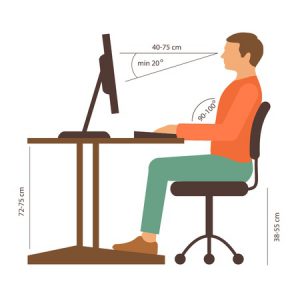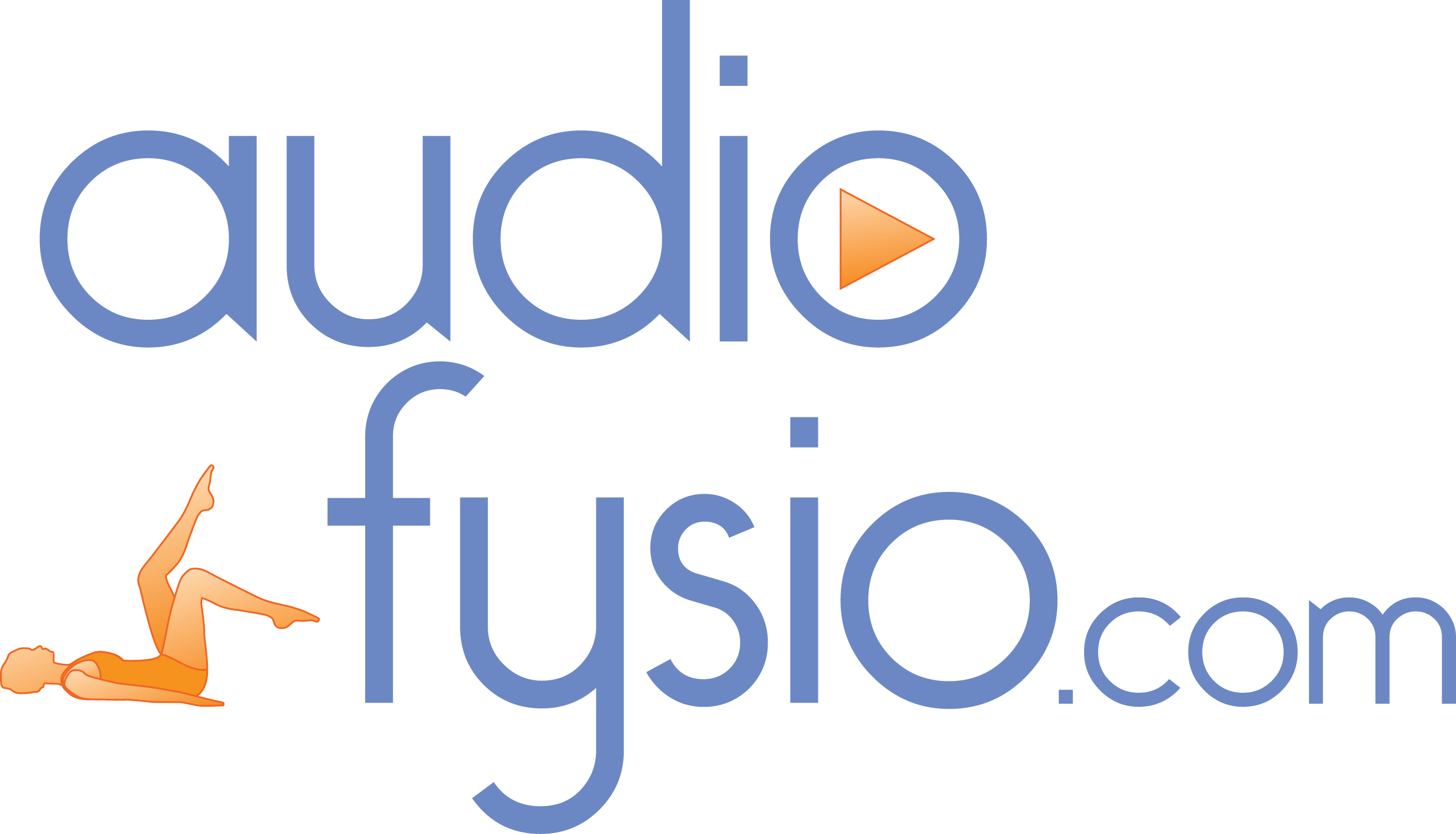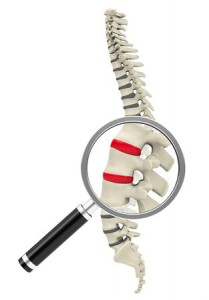Low back pain
Many people have low back pain. Low back pain is in the lower back. Usually there is no identifiable cause for lower back pain. In more than 90% of all people no physical abnormality is found. We call these back complaints non-specific low back pain.
Non-specific low back pain
Lower back pain where it is not clear where the pain comes from is called nonspecific lower back pain. These back complaints are caused by various causes. Think for example of the degeneration of an intervertebral disc. Lifting too heavy, a wrong movement or (working) posture can also be a cause. Often several factors play a role.
Specific low back pain
Sometimes there is a specific cause for lower back pain. We call this specific low back pain. Think for example of a broken vertebra or a compressed nerve. In less than 10% of people with lower back pain it is clear after research which condition leads to the back pain. For most people it is therefore not clear which condition leads to lower back pain. Several risk factors often play a role. The chance of these risk factors can be reduced.

What back problems?
With nonspecific low back pain you feel pain or stiffness at the bottom of your back. It can radiate to the buttock and thigh. The pain in the lower back is not always annoying. A wrong movement or posture can worsen your back pain. Below you will find more information about a number of disorders of your back.
Sciatica
Ischias is an annoying nerve pain. The pain comes from a nerve called sciatic nerve. This nerve can be oppressed or irritated. This causes a radiating pain towards the buttock or leg with sometimes an numb feeling and tingling. Read more about sciatica.
Osteoarthritis
With osteoarthritis, the composition of the cartilage in the joint changes. The cartilage becomes thinner and thinner and can disappear. This causes pain and stiffness. The cartilage functions in a joint as a shock absorber and ensures that your joint moves smoothly. Read more about osteoarthritis.
Throw your back out
When you have thrown your back out, there is suddenly pain into your lower back. An overloaded back is usually the cause. You probably have put more strain on your back than your back can actually handle. This causes pain and cramped back muscles. Your muscles feel stiff and hard. Read what you can do if you have thrown your back out.
Herniated disc
Most herniated discs occur in the lower back. A herniated disc is an abnormality of the intervertebral disc. The inner part of this disc can bulge outwards, resulting in pressure on a nerve root. You can feel a shooting pain with radiation in a leg. Read more about a herniated disc.
Lumbago
With a certain movement there can be pain into your lower back. Usually it is caused by a sudden movement. Your body reacts to overload. The pain is severe and sometimes extends to your upper legs. Your back muscles cramp, which causes stiffness. This is also called lumbago. Read more about lumbago.
What to do when there is pain in the lower back?
Most people with lower back pain recover. However, there is a chance that back pain will return after recovery. If you have doubts about the causes of your symptoms, always go to see a doctor. However, you can reduce the risk of lower back pain as much as possible. Read the 3 recommendations below.
3 advices against lower back pain
There are several types of lower back pain. Usually three important risk factors play a role in the development and persistence of lower back pain. First of all, this is a wrong sitting position. Secondly, incorrect lifting is a risk factor. The third risk factor is having too little movement. The advice to prevent or reduce lower back pain is therefore logical.
1. A correct sitting posture
Sitting for a long time in the same way is an important risk for lower back pain. Especially if you adopt the wrong posture. The advice is to adopt an active, not over-bent position of the back. However difficult that may sometimes be for you. In addition, support at a low level in the back is wise. Do you have a seated job? Then change your posture regularly. Take a break from time to time.

2. Lift the right way
Poor physical strain increases the risk of lower back pain. Think for example of lifting heavy objects. Also turning the back during lifting is unwise. By paying attention to a number of simple rules for lifting, you reduce the risk of pain in the lower back.

3. Keep moving!
By exercising or at least moving a lot you reduce the risk of back pain. There are also special exercises that keep your back in good condition. You can do this yourself. The practice method of AudioFysio gives you this possibility, in a pleasant and responsible way.
Start immediately!
What is your lower back made of?
Your spine runs through your entire back. So also in your lower back. The spine offers your body strength and support. In addition, the spine must also give you the opportunity to move. The spine is constructed in such a way that it is both flexible and firm. Below is a brief explanation of the structure.
Structure of the spine
The spine has the shape of a cylinder. It consists of 33 vertebrae and 27 intervertebral discs. Five vertebrae are located in your lower back. The vertebrae border each other with some structures in between. These structures form the mobile connection between these vertebrae. The structures consist of the intervertebral disc and various ligaments.
Intervertebral discs
The intervertebral discs (disci intervertebralis) make up about a quarter of the spine. An intervertebral disc consists of two parts: the fibrosus anulus and the pulposus nucleus.
Annulus fibrosus and nucleus pulposus
The annulus fibrosus consists of connective tissue. It connects the vertebral bodies in a thick ring. The nucleus pulposus is a kind of jelly-like mass that is located inside. It behaves like a liquid. These two parts of the intervertebral disc ensure even pressure on your back. It also acts as a kind of shock absorber.
SI joint
The SI joint forms the connection between the lower part of the spine and the pelvis. The SI joint allows almost no movement. However, a blocked SI joint can cause back pain. Therefore it is important to keep this as mobile as possible. You can do this with mobilizing exercises. In the article about the SI joint you will find more information, advice and exercises.
Exercises while sitting on a chair
In the video below you will learn some exercises while sitting on a chair. A dining table chair is more suitable for this than an easy chair or couch. Try the exercises and experience the comfortable way of exercising. How nice is it to relieve your lower back pain, without having to get off your chair?


 Anne Marijke
Anne Marijke
 Rob
Rob
 Mary
Mary
 Julia W
Julia W